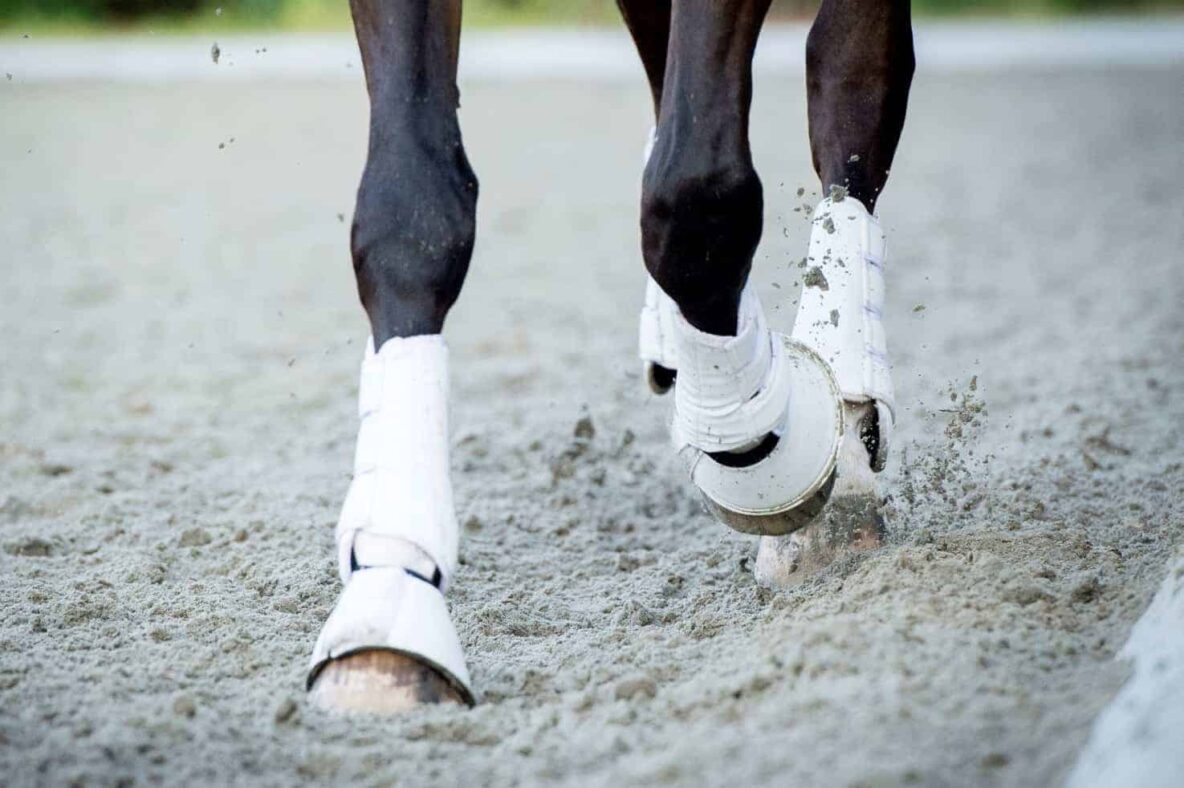Lameness Assessments
Lameness issues can cause pain, worry and lost time. Lameness is also the most common problem that horse owners consult their vets about. Diagnosing the cause can be a difficult, time consuming and a frustrating task. In some cases, the cause of lameness will be relatively easy to determine based on a physical examination. In other cases, a more prolonged and detailed examination will be required.
Investigation may involve a number of procedures including:
- Examination of your horse’s movement, stride and limb placement
- Palpation of the limbs and muscles
- Ridden or working examination
- Nerve or joint blocks
- X-ray
- Ultrasound
Some lameness exams can be performed at the owner’s yard. For more complex cases or cases where extra facilities are required, referral to an equine hospital may be necessary.
The referral hospital also offers both standard and advanced diagnostic imaging services which enables us to provide a more comprehensive evaluation. These include:
- MRI – standing and under general anaesthetic.
- Nuclear Scintigraphy (Bonescan)
- CT scanning (computed tomography)
What to do, and do not to do, before a lameness Investigation:
Do:
✔ Make sure your horse has regular foot care. You don’t have to have shoes but you do need regular attention to the feet by a qualified farrier.
✔ If you suspect lameness call your vet at an early stage.
✔ Be prepared to give an accurate history of the problem to your vet (how long the horse has been lame, if the lameness is associated with any particular incident e.g. a kick, if there has been a previous problem and if you have detected any heat or swelling).
✔ Keep your horse’s TETANUS vaccinations up to date – foot abscesses are a common cause of tetanus.
Don’t:
✔ Give any form of pain killer e.g. phenylbutazone/Danilon in the last 2-4 days BEFORE the lameness examination. In doing so, you may remove the source of pain and mask the lameness. Your vet will be then not able to perform an accurate assessment.
✔ Continue to work a lame horse – unless you have been advised that it is necessary for its treatment.
✔ If your horse is normally shod don’t remove the shoes prior to a lameness examination. This could impair your vet ability to accurately diagnose the origin of lameness.
✔ Where possible, no farriery should be performed on your horse’s feet in the week prior to the visit.
Treatment
Treatments vary depending on the individual horse and may include:
✔ Remedial farriery.
✔ Joint medication,
✔ Regenerative Medicine: PRP (Platelet Rich Plasma); IRAP (Interleukin – 1 Receptor Antagonist Protein); Equine Stem Cells
✔ Surgery such as Arthroscopic

